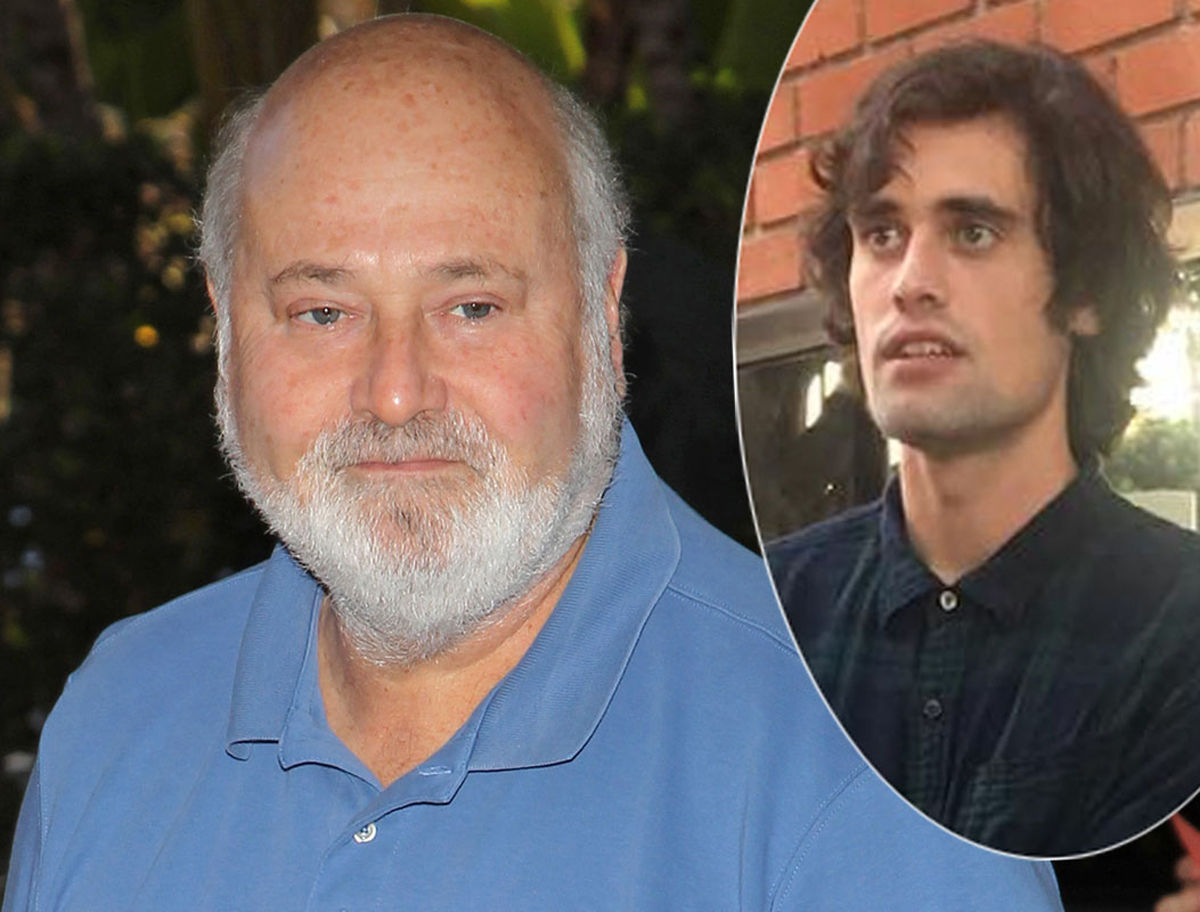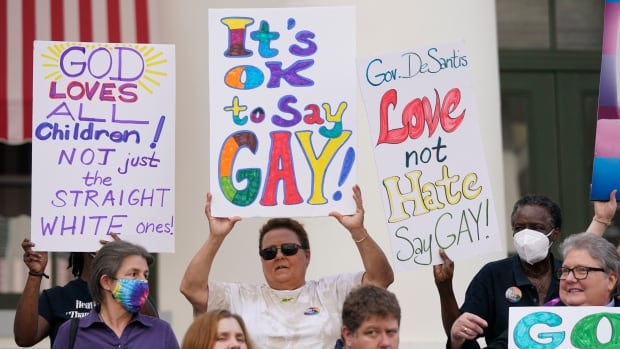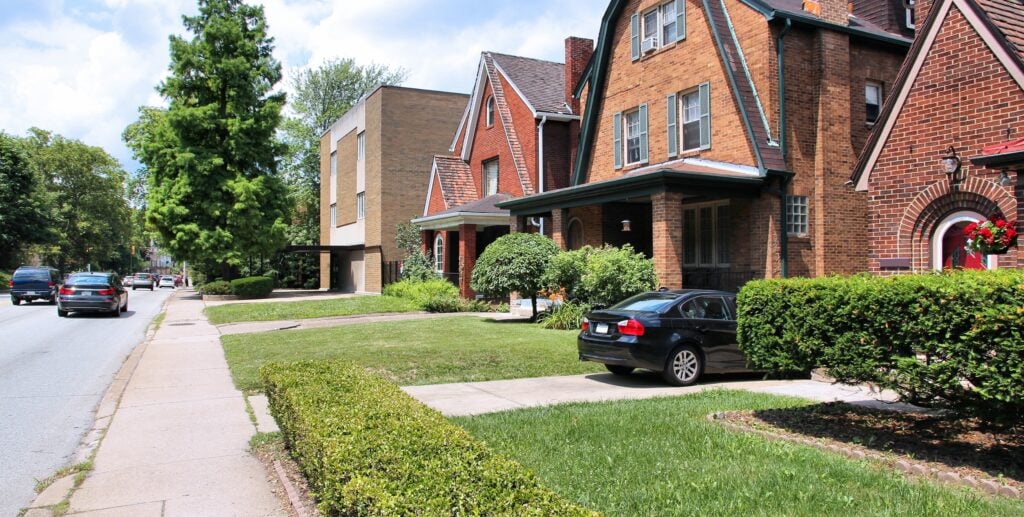We chat with the director about his new Robo-Santa slasher and why it had to be shot on 16mm. Ho-Ho-Ho-Holiday Grain!
Shudder
Check the Gate is our recurring column where we go one-on-one with directors to uncover the reasoning behind their creative decisions. Why that subject? Why that shot? In this edition, we chat with Joe Begos about 16mm film and why that format is right for Christmas Bloody Christmas and any other movie he makes.
The conversation around digital versus film is so 2012. Cinematographers who you would never have imagined using a RED or an ARRI ALEXA fifteen years ago are true believers these days (Roger Deakins, Robert Richardson). The war is won; technology and convenience make slaves of us all.
Then, of course, the die-hard directors are still holding onto celluloid. And they’re not all old heads. More and more film fanatics are emerging from the younger generations, claiming their passion for the practical is not nostalgia based. Nor are they Luddites clinging to old tech.
Director Joe Begos shot his last three films on 16mm. They’re bombastic guerilla works, made quickly with precision. His latest, Christmas Bloody Christmas, brings the cheer via holiday mayhem and jolly jugular arterial sprays. Tori (Riley Dandy) and Robbi (Sam Delich) have their silent night shattered when a robotic toy store Santa (Abraham Benrubi) short circuits and commences an axe-wielding killing spree.
Begos wanted his murderous merriment to look like it belonged to one of those nasty Santa slashers of yesteryear. Christmas Bloody Christmas began as a Silent Night remake pitch. Their producers didn’t go with his take because it was a little far afield from what the franchise had already established. However, since he did go a little gonzo with the idea, he could branch off and do it independently.
Film is not as expensive as it’s often made out to be. Plus, the technology around the camera has advanced so much that film isn’t what it used to be, either. 16mm today is almost 35mm of yesterday.
“It is cheaper,” says Begos. “I do like 35mm, but 16mm is a little bit cheaper. The cameras are smaller. It’s just more practical for independent movies. Also, a lot of people don’t realize that film stocks and lenses have gotten so fucking fast that Super 16 nowadays looks like 35mm in the early nineties, which is the look that I like. The green is fine, and it’s there. Sometimes 35 can look too clean unless they push it like Uncut Gems or something like that.”
The way color soaks into 16mm cannot be replicated. Begos loves where the stock takes his imagination. It propels his mind back to his favorite films and one of his favorite television shows.
“I just love the aesthetic of 16,” he continues. “I love that Unsolved Mysteries look. I would watch the fucking interstitials on Unsolved Mysteries, and it’s like, ‘Holy Shit! That feels like I’m watching Henry: Portrait of a Serial Killer.’ I love that whole aesthetic, and I always wanted to do it.”
On Bliss, Begos fell in love with the format. The experience taught him that shooting film is far more practical than many would make it seem. He also found a way to keep costs down even more. The solution was simple, but probably not for everybody, either. It is the move that a movie maniac would make, though, and if you’re like-minded, you always gotta give it up to a maniac.
“I bought camera packages so that I can rent them to the production now,” he says. “If a producer goes, ‘You can’t shoot on film,’ I’ll be like, ‘Well, I got the cameras. I’ll just take them for free motherfucker, and that’ll circumvent the cost of film because it’s not really that expensive.”
Of course, Begos doesn’t want to make it sound like buying a camera is a quick, cheap fix. Everything costs. One must calculate the value.
“And just to be transparent,” Begos says, “on a movie like this, the 16mm probably cost us an extra eighty to a hundred grand, which to me, the production value you get out of it is so much more. But to shoot 35, it would cost about five hundred thousand. It’s legitimately almost five times as much for 35mm. But all costs aside, 16mm looks better, and I think it’s my format of choice right now.”
Begos and his cinematographer Brian Sowell did not stress regarding the lighting. They used their environment, sticking to what nature and the location provided. And 16mm gave them the luxury.
“That’s another thing people don’t really appreciate,” he says. “That scene where [Tori and Robbi] do the walk-and-talk down the road, there’s no actual movie lights. That whole fucking thing is lit by the moon in the sky because we’re in the middle of nowhere with just the actual lights in the storefronts. We had one guy next to me with the camera who had a tube light just to give a little on the hair, but that’s how fucking fast 16 is now.”
Shooting on 16mm in 2022 is unlike shooting on 16mm in 2012. The technology around the medium has progressed rapidly. Lighting a scene is not the beast it once was. 16mm film can absorb more light than filmmakers often give it credit. Speed can be on your side if you’re willing to put forth the effort.
“You look at it,” says Begos, “and it’s like, ‘Holy shit, we’re getting that exposure.’ Yeah, people talk down on film, ‘It’s so hard to light,’ but they haven’t shot film lately. The stocks are so fast you could shoot as you do on a RED, and it just looks cooler. That’s my spiel.”
The question becomes, are there enough film nerds out there to keep the format thriving? Is Joe Begos the last gasp of a dying breed, or will his passion persist in others? The director is confident that the product speaks for itself. Watch enough Christmas Bloody Christmases, and you’ll see 16mm carry-on.
“I hope it’s coming back,” says Begos. “It’s funny. A lot of people say, ‘Oh, well, that’s your style.’ I’m like, ‘No, that’s not my style. I’m just making movies like they should have been made in the eighties or nineties.’ More and more people are championing film, and I think the more people use it, the more we’ll see it.”
Film is not the only cinematic tool fighting to hang on. The digital domain threatens to swallow the old ways as well. Yet, you see creators like Guillermo del Toro and J.J. Abrams insisting on a practical/digital blend. For Begos, it’s common sense.
“The more you do practical effects,” he continues, “the more we build something, the more it’s like, ‘This has to be the way.’ To fucking build a robot in CG probably would’ve cost the same amount that we used to build our robot here. I think it’s just producers allowing it to happen. On this, thankfully, I’ve built enough of a name where the financiers trusted us.”
Another way to keep the conversation going around film is to maintain a heavy diet of classic and not-so-classic trash movies. Glancing in the rearview should astonish the modern movie maker. Movies that were once dismissed are shockingly stunning in hindsight.
“Go look back at Charles Band movies,” says Begos, “or Empire or Full Moon movies. Oh man, these used to be the bottom of the barrel, but they’re often shot on 35mm. You’ll be like, ‘That’s an animatronic. That’s a matte painting. Wait, they’re shooting in a castle!’ They look bigger than a ten-million-dollar studio horror movie nowadays, and we’re talking Puppet Master 4!”
Joe Begos can’t help but reimagine the current horror slate. He sits in theaters and contemplates what the movie on the screen would look like if shot on 16mm. From experience, at the very least, film can act like a bandaid on the production. Those little exposed wounds could disappear easily.
“A lot of horror movies now,” he says, “they shoot in Pasadena houses with white walls, no production design. Well, you throw that on a 16mm camera, and it’s going to look ten times better. It covers up a lot of the lack of other things, I think. Then, if you actually fill the frame with those other things like nice production design, it’s like a cohesive package. A lot of people are like, ‘I can’t tell the difference between film and digital.’ You say that, but subconsciously, I think you’re drawn into what you’re watching more if the elements are organic and feel real.”
Begos hopes people walk away from his movies infected. He wants Christmas Bloody Christmas to stand apart from the current crop of Santa slashers (and weirdly, we didn’t even get into it, but there are many of them this season). The best Xmas present he could give his viewers is the desire to see more grainy and gnarly flicks. And maybe, just maybe, revisit movies like Castle Freak and Dolls with a newfound appreciation for their killer – but dirt cheap – production design, all made retrospectively more attractive thanks to film.
Christmas Bloody Christmas is now streaming on Shudder.
Related Topics: Check the Gate, Christmas horror, Joe Begos

Recommended Reading
















